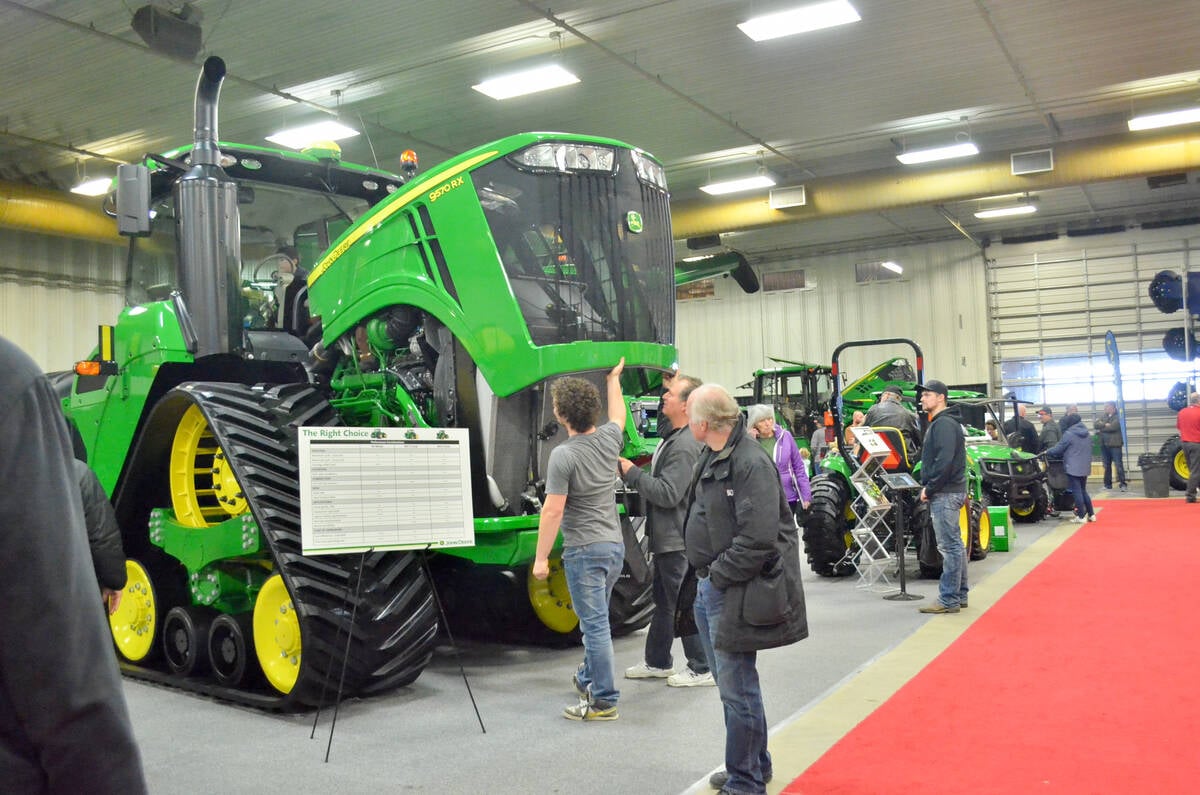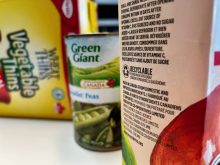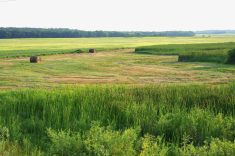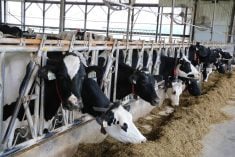PROGRAM | Manitoba farmers weigh in on issues with AgriStability
The way some Manitoba farmers see it, they’d be better off if AgriStability didn’t exist.
“AgriStability has never been there for cattle producers or grain producers, and definitely not there for the mixed producers,” said Mitch Janssens, who farms near Boissevain.
Earlier this month, Ag Minister Blaine Pedersen said the program, long under fire from farmers and producer groups, will be part of discussions at an annual meeting of provincial ag ministers in October.
He told media that during several days of touring around the province, many people told him AgriStability wasn’t working.
Read Also

The sneak peek of Manitoba Ag Days 2026
Canada’s largest indoor farm show, Manitoba Ag Days, returns to Brandon’s Keystone Centre Jan. 20-22, 2026. Here’s what to expect this year.
“It’s not bankable; it’s not timely,” said Pedersen.
Tweaks to the program were announced late 2019, but the Canadian Federation of Agriculture wasn’t impressed.
“The fact that ministers were unable to commit to truly meaningful program reforms, while pushing this issue farther down the road through further program reviews, suggests a lack of urgency and a continued disconnect between FPT governments and the realities facing farmers,” CFA president Mary Robinson said last December.
AgriStability seems to penalize farm diversity, said Ben Martens, who farms cattle and crops near Boissevain. A poor crop year might coincide with a good year for beef prices, making the loss seem less than it actually is.
Jill Verwey, whose family runs a mixed crop, beef and dairy operation near Portage la Prairie, agreed. She said the ebbs and flows cancel each other out somewhat, and a large portion of their expenses aren’t eligible even though they put a big dent in their bottom line.
Martens suggested farm diversification should actually be rewarded as it reduces risk to the program. If a farm derives “significant” income from a secondary source, for instance, it could be rewarded with increased coverage.
The program pays out 70 per cent of income decline if it falls more than 30 per cent below the producer’s reference margin. The threshold was dropped from 85 per cent in 2013 as a cost-saving measure by the Harper government.
Martens said higher coverage could be used as a carrot to encourage farmers to diversify income sources — for instance, by raising the coverage threshold to 85 per cent.
“I don’t see why the government should guarantee me 85 per cent of my income just because I’m a farmer,” Martens said.
At the current 70 per cent payout if income drops to 70 per cent of the reference margin (an Olympic average of the producer’s past five years’ income), many producers say the program won’t pay enough to save them in a disaster.
Farms work off a five per cent profit margin, said Janssens. “Even if you collected you’d still be 25 per cent in the hole,” he said. “It’s kind of pointless.”
Janssens said he’d rather scrap AgriStability in favour of better spot-loss crop insurance.
Last year’s freak October snowstorm caught him with 1,600 acres of crops in the field. He got some insurance payout on his soybeans, but he had enough canola in his bins to not get payment on that crop. He lost 800 acres of canola with no insurance.
Janssens said if he could get paid 70 per cent on what he’d lost, he could keep the profits on the rest. As it was, he ended the year slightly in the red. Input costs have gone up, and crop insurance hasn’t kept up, he said.
Neil Galbraith, who farms grain and oilseed north of Minnedosa, said the program should either go back to the 85 per cent threshold or keep it at 70 per cent but up the payment level to 100 per cent so the producer is covered for a true 70 per cent of their income.
Galbraith added that he’d prefer to see the money producers get through AgriInvest put toward making AgriStability better. In that program, producers can get one per cent of their allowable net sales matched with government contributions. Galbraith said he would rather have good help in a terrible year than a little payout every year.
Producers also said the program was too slow to pay out and bogged farmers down in paperwork.
“If we were going to lose enough money to collect on AgriStability, odds are by the time we got the cheque we’d already be out of business,” said Janssens.
Pedersen said one producer told him “the cheque comes after the auction sale.”
Verwey said after her farm faced disastrous flooding in 2011, it took four years to get a payout. She kept on going back and forth with program administrators and being asked to send more information.
“It takes a big toll on your operation,” she said.
The program is complex, said Verwey. She does the day-to-day bookkeeping on the farm but hires an accountant to do her AgriStability paperwork because it’s complicated, and the rules seem to change every year.
The extra paperwork makes for “exorbitant” accounting fees, she said.
Paperwork is also due midsummer, which is “crazy,” said Martens. It should be due at year-end or at the very least in winter when they’re not as busy, he said.
Verwey and Janssens said they stay in the program because they believe that, in the case of a widespread disaster, the government will require them to have it to participate in relief programming. Janssens said he was considering exiting the program.
















